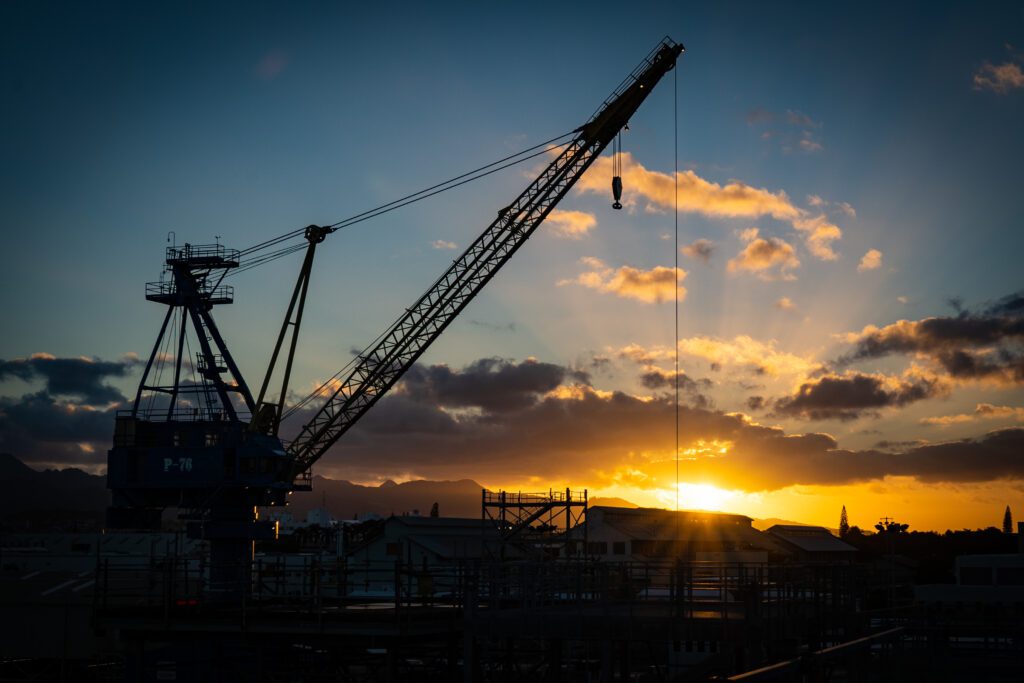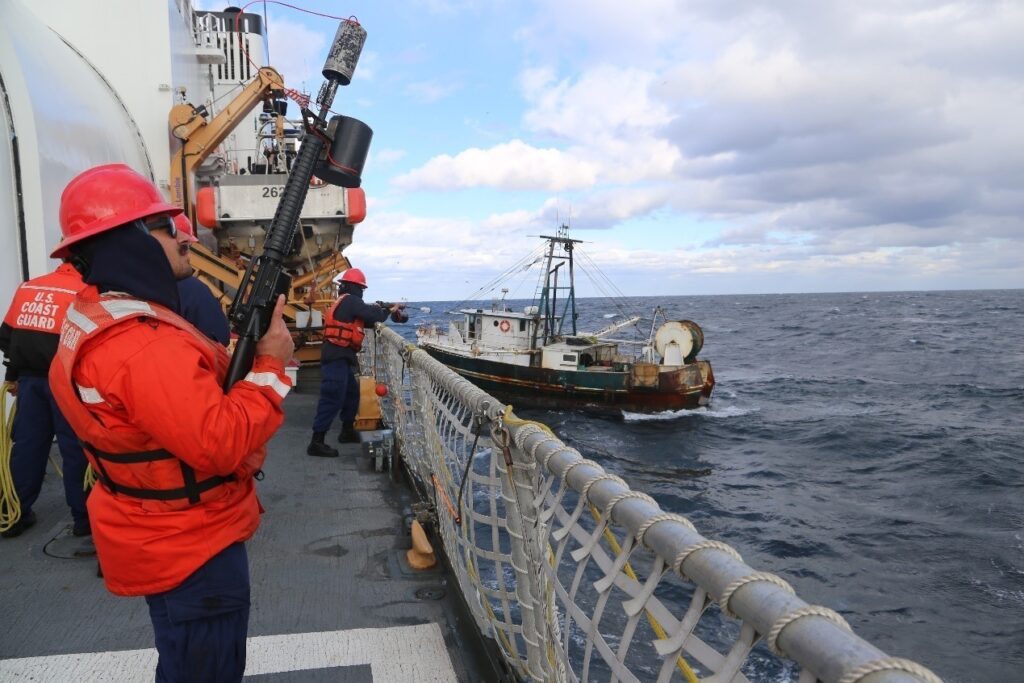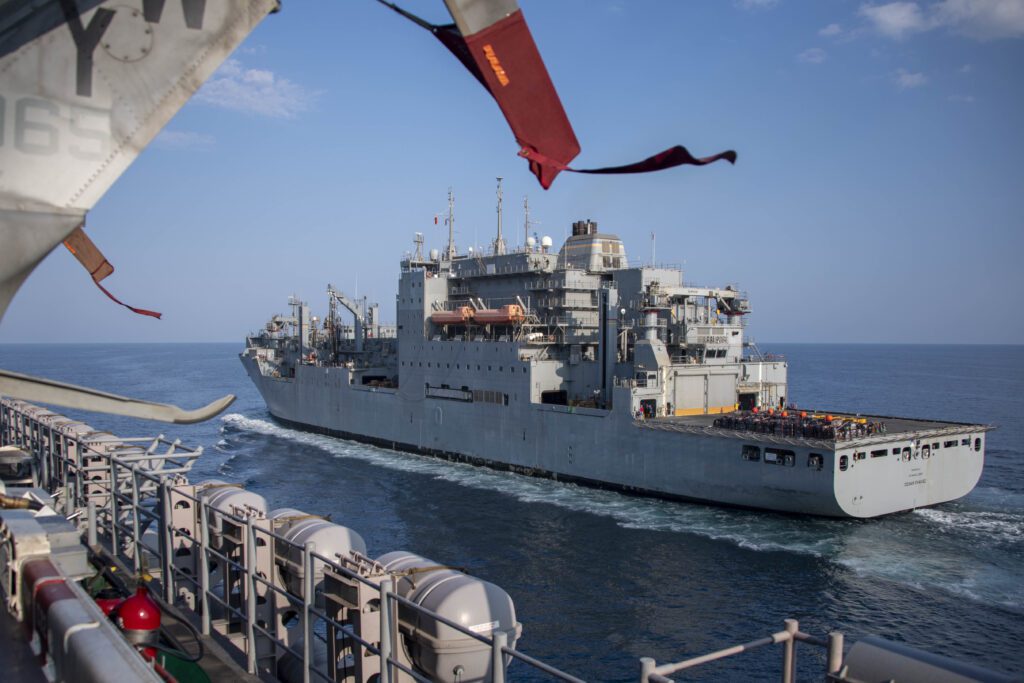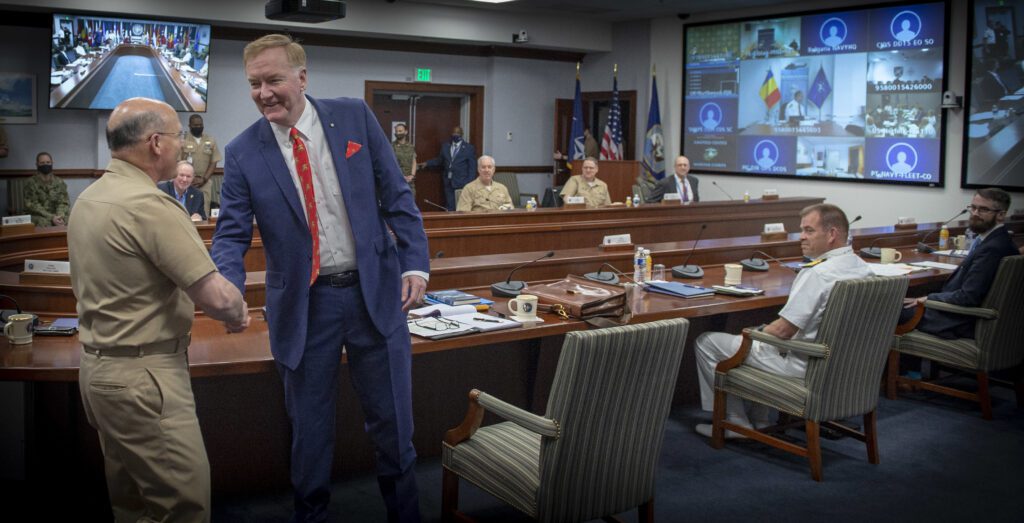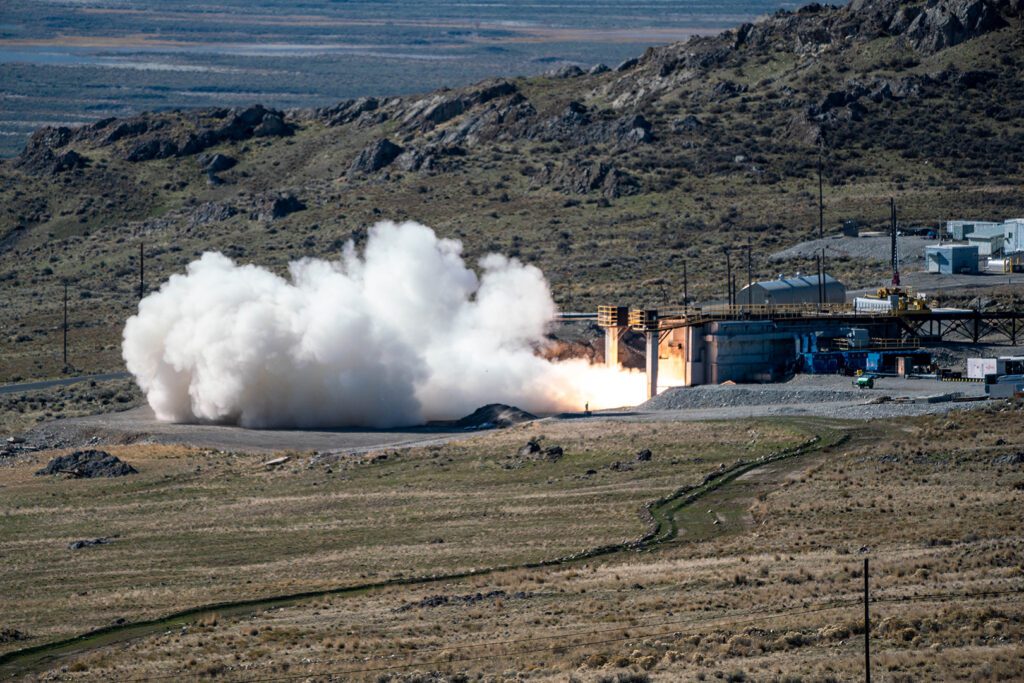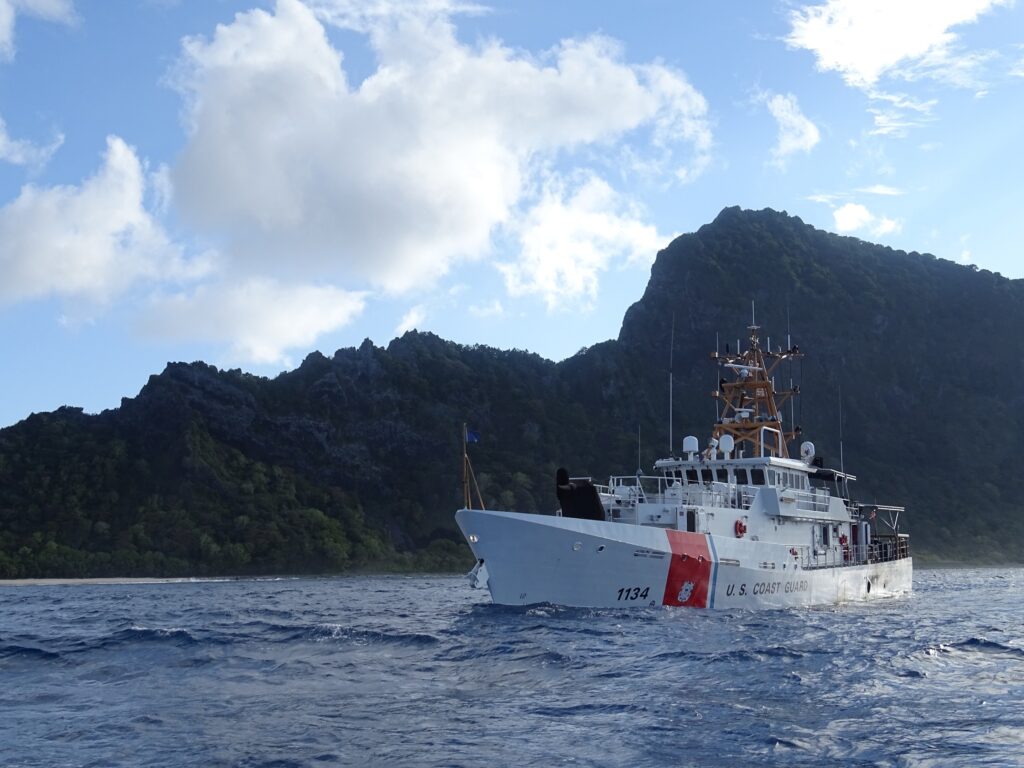Navy to Christen Future USNS Apalachicola
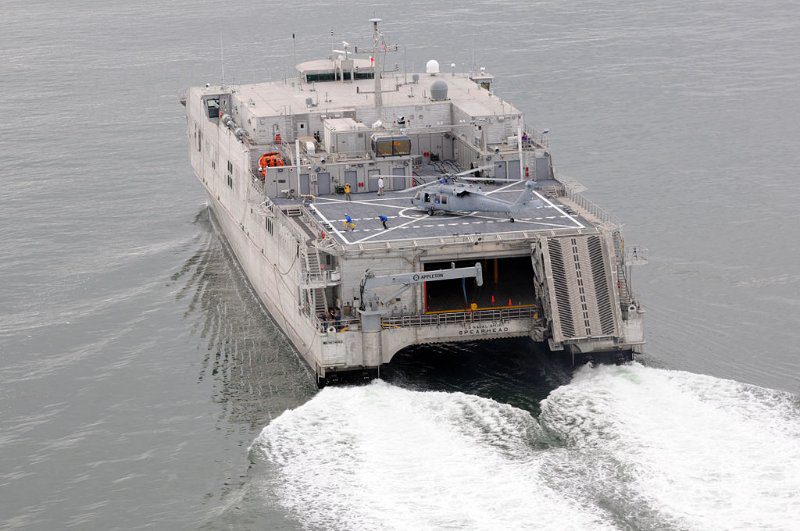
ARLINGTON, Va. — The Navy will christen its 13th Spearhead-class expeditionary fast transport, the future USNS Apalachicola (T-EPF 13), during a 10:00 a.m. CT ceremony Saturday, Nov. 13 in Mobile, Alabama, the Defense Department said Nov. 12.
Brenda Ash, mayor of Apalachicola, Florida, will deliver the principal ceremonial address. Remarks will also be provided by Vice Adm. Darse Crandall, judge advocate general of the Navy; Bilyana Anderson, deputy assistant secretary of the Navy for Ships; Steven Cade, executive director, Military Sealift Command; Rusty Murdaugh, president of Austal USA; and Stan Kordana, vice president of Surface Systems, General Dynamics Mission Systems. Former Georgia Sen. Kelly Loeffler, the ship’s sponsor, will christen the ship by breaking a bottle of sparkling wine across the bow in a time-honored Navy tradition.
“This ship honors the city of Apalachicola, Florida, a city that represents America’s fighting spirit and dedication to duty,” said Secretary of the Navy Carlos Del Toro. “Apalachicola, like the other ships in the EPF class, will provide our warfighters the necessary high-speed sealift mobility and agility to accomplish any mission. I am thankful for this ship and its crew who will serve our nation for decades to come.”
The future USNS Apalachicola is the 13th ship in its class and will be operated by the Navy’s Military Sealift Command. The ship is named in honor of the city of Apalachicola and will be the second U.S. Navy ship to bear that name. The first Apalachicola (YTB 767) was a Natick-class large harbor tug launched in 1963. The tugboat spent the majority of its service in the Puget Sound-area providing harbor services to various ships. Apalachicola was stricken from the Navy List in 2002.
EPF class ships are designed to transport 600 short tons of military cargo 1,200 nautical miles at an average speed of 35 knots. The ship can operate in shallow-draft ports and waterways, interfacing with roll-on/roll-off discharge facilities and on/off-loading the Abrams main battle tank (M1A2).
The EPF includes a flight deck for helicopter operations and an off-load ramp that will allow vehicles to drive off the ship quickly. EPF’s shallow draft (less than 15 feet) further enhances littoral operations and port access. This makes the EPF an extremely flexible asset for support of a wide range of operations, including maneuver and sustainment, relief operations in small or damaged ports, flexible logistics support, or as the key enabler for rapid transport.
